Art Deco Laced With Royal History At The Teien Art Museum In Tokyo
Inside Tokyo's Greatest Art Deco Masterpiece To Date
This former royal home, prime minister’s residence and later, state guesthouse, is one of Tokyo's most elegant museums.
The elegant Teien Museum standing amid spacious green lawns in Minato-ku was once the home of Japanese royalty. Prince Yasuhiko Asaka and his wife, Princess Nobuko, became enamored with Art Deco during a stay in France in the 1920s and decided to construct their home in this style upon their return to Japan. Completed in 1933, the house was one of the earliest and most impressive examples of Art Deco architecture in Japan, and since 1983 it has been open to the public.
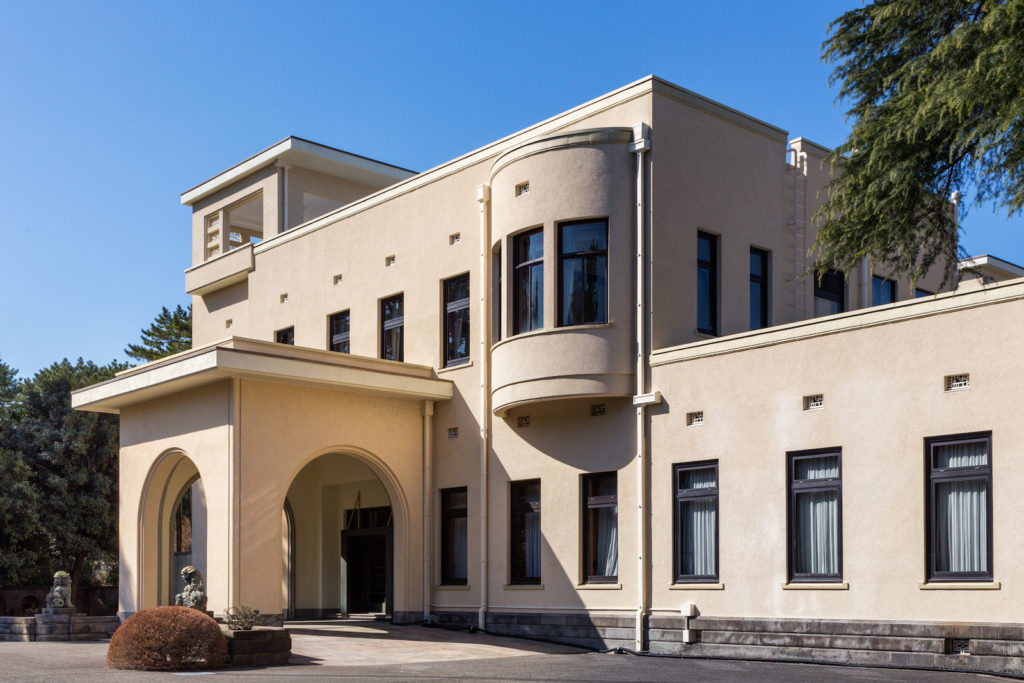
Tokyo Metropolitan Teien Art Museum
Captivated by Art Deco
Art Deco emerged in France around the beginning of World War I and was entering its heyday in the 1920s, when Prince Asaka happened to be studying there. The style combines visual arts, design and architecture, and influenced everything from fashion and jewelry, to furniture and cars. When Prince Asaka was injured in an automobile accident in 1923, his wife left Japan to be with him during his recovery period. The couple was still in France during the International Exhibition of Modern Decorative and Industrial Arts, held in Paris in 1925. Impressed and inspired by what they had seen, they set about bringing the best of Art Deco design to Tokyo and combining it with traditional high-quality Japanese craftsmanship.
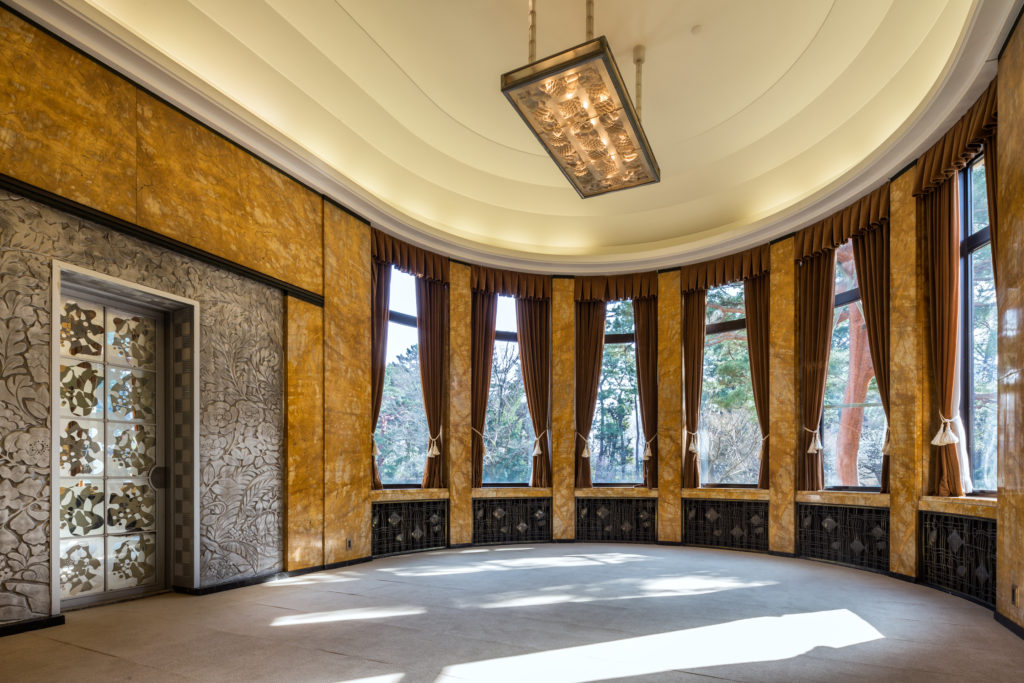
Teien Art Museum’s main dining hall
The Princess, in particular, had a flair for design and paid meticulous attention to the construction of their home. French artist and designer Henri Rapin was commissioned to create the interior of seven of the rooms in the residence.

The main guestroom
One unique adornment designed by Rapin is a fountain known as the “Perfume Tower” because it emitted scent along with the flowing water. Standing in the Anteroom, the fountain has an upper lighted section in which perfume was placed. Other eminent designers of the day contributed to the interior, including glass designer Rene Lalique, who created the magnificent glass-relief doors in the Front Entrance Hall.
A mix of West and East

Teien Art Museum’s Japanese-style garden
While the downstairs rooms, used for welcoming and entertaining, reflect the best of French Art Deco design of the day, the mood shifts as you take the stairs to the second floor, which was the family’s private space. Here the style is one of Japanese Art Deco, and the architects were mostly from the Imperial Household Ministry’s Construction Bureau.
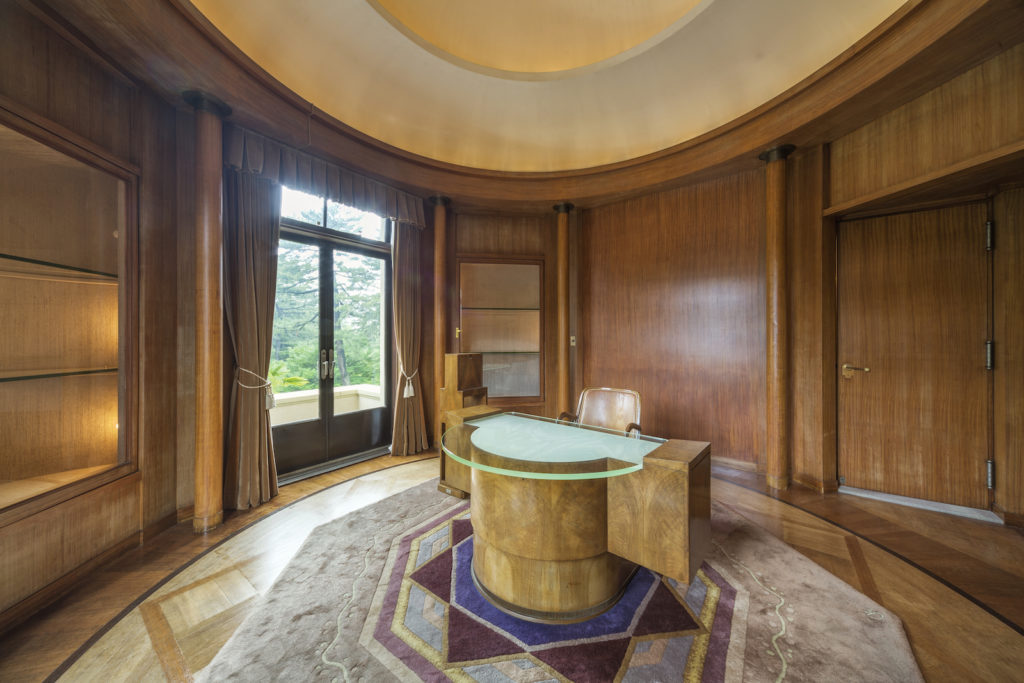
The main study room
The current special exhibition at the museum, Exotic x Modern: French Art Deco and inspiration from afar, showcases the influence of other cultures on the style. During the 1920 and 1930s, the rich, famous and adventurous were visiting other continents and opening Europe’s eyes to various cultures and countries. The “exotic” appeal of Africa, the Middle East and Asia—including Japan—was inspiring the leading artists and designers of the day, and can be observed in the works on display at the Teien Museum.
Impressed and inspired by what they had seen, they set about bringing the best of Art Deco design to Tokyo and combining it with traditional high-quality Japanese craftsmanship.
Of particular interest is Japan’s contribution to this movement, including how some European artists studied traditional Japanese techniques and then incorporated it into their own work. At the same time, Japan was also eagerly embracing influences from the West. One interesting artist was a woman called Eugenie O’Kin (1880-1948), an artist and sculptor with a bicultural background (Japanese mother and French father). She went on to marry a French ceramic artist, Henri Simmens, and they frequently exhibited in Europe together.
From royal residence to a public museum

The Front Entrance Hall
Although the Prince and Princess and the youngest two children moved into their new home upon its completion in 1933, their family’s happiness was short-lived as Princess Nobuko died later that same year of kidney disease, aged just 42. The Prince, on the other hand, lived to the ripe old age of 93, although not in the family home. Following WWII, he lost his royal status in 1947 during the American Occupation. He lived out his later years in Atami in Shizuoka Prefecture and took an active interest in the game of golf and the development of golf courses.
As for his beautiful former home, it was taken over by the government and served as an official prime minister’s residence and then state guesthouse before becoming a public museum in 1983.
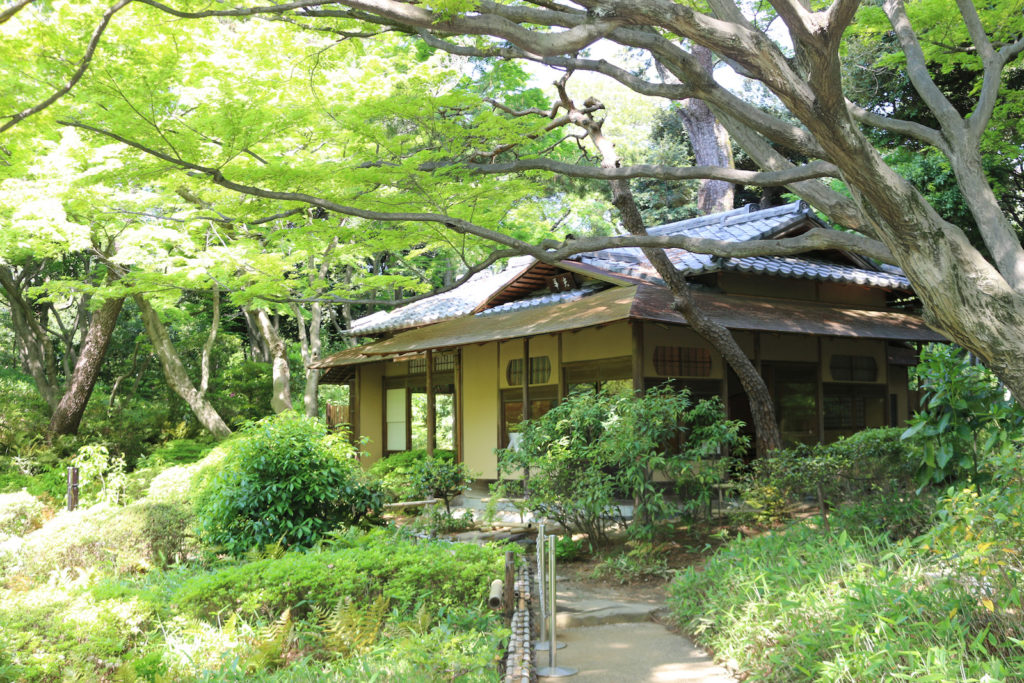
Teien Art Museum’s tea house
After admiring the rooms and the exhibition, complete your visit with a stroll around the ground, which include both a European and a Japanese garden, complete with a teahouse.
The museum is hosting a special tea-related event in November: On the 17th, “Tea at the Teien” will offer instruction in the Japanese tea ceremony for beginners, with English interpretation services. There are two sessions and bookings can be made in advance on the museum website.
Whether you’re heading there for the tea event, the ongoing exhibition or just to have a stroll at its splendid garden, Teien Art Museum should be on everyone’s to-do Tokyo list.
The Deets
Tokyo Metropolitan Teien Art Museum
Address: 5-21-9 Shirokanedai, Minato-ku, Tokyo
Access: 7 min. walk from Meguro Station; 6 min. walk from Shirokanedai Station
Hours: Open 10 a.m.-6 p.m. Closed 2nd and 4th Wednesdays
Admission: Varies depending on the ongoing exhibition. Entrance to the garden is ¥200.
The museum has a nursing room and baby-changing facilities, as well as a universal-access restroom. Wheelchairs are also available for those who would like to use one. (As there is no elevator in the main house, visitors with mobility issues are advised to contact the museum in advance.)
For details about the Tea at the Teien event on November 17, see here.












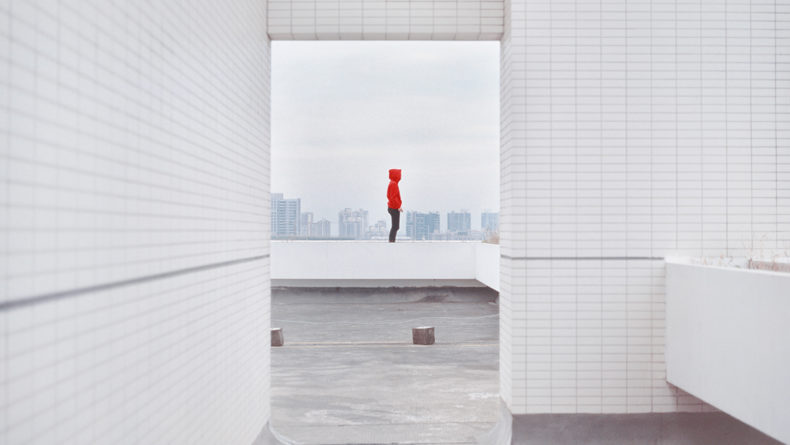
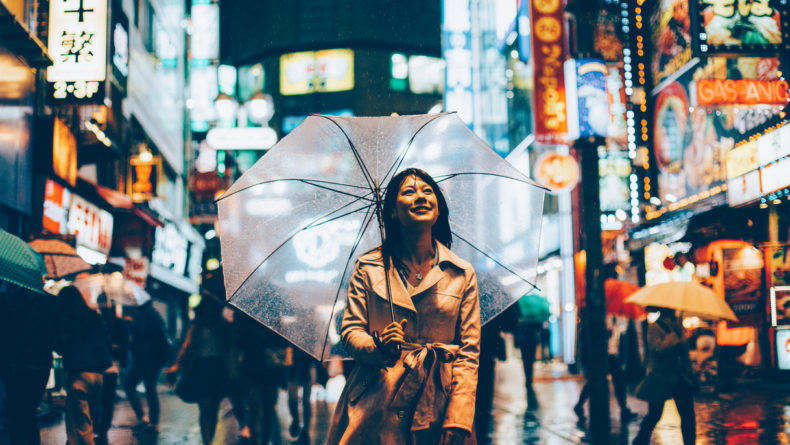
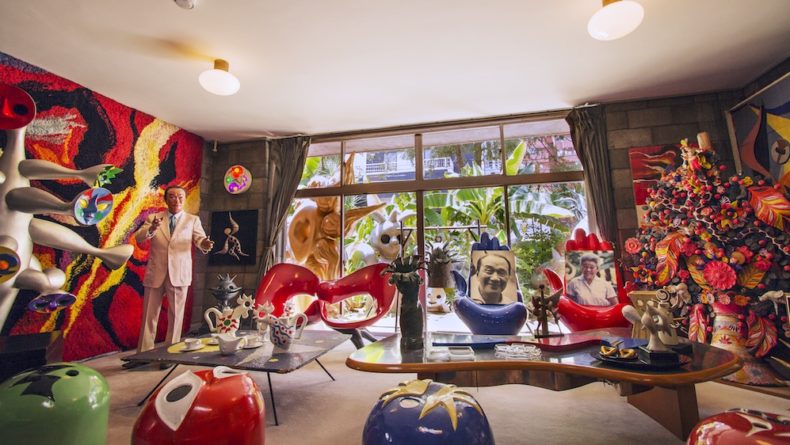
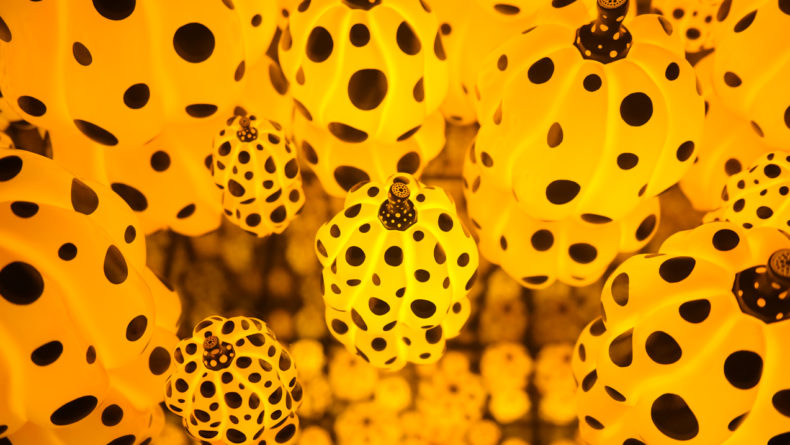
Leave a Reply